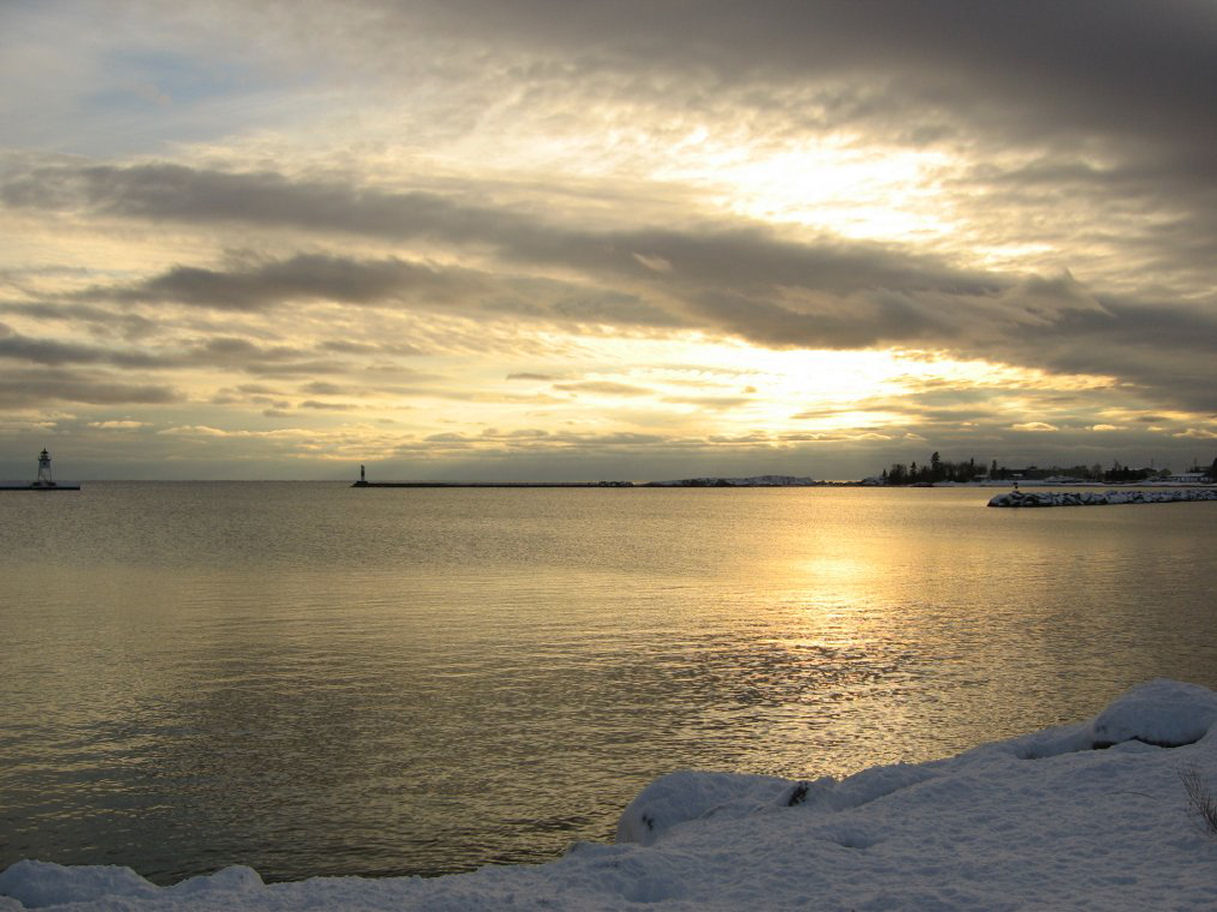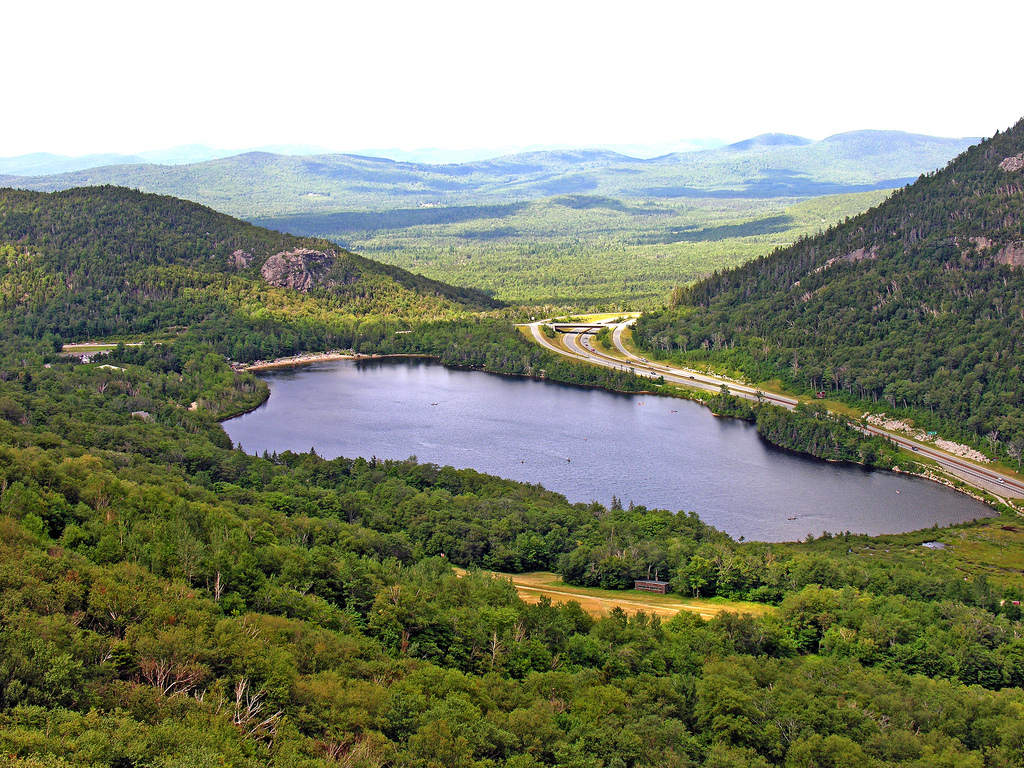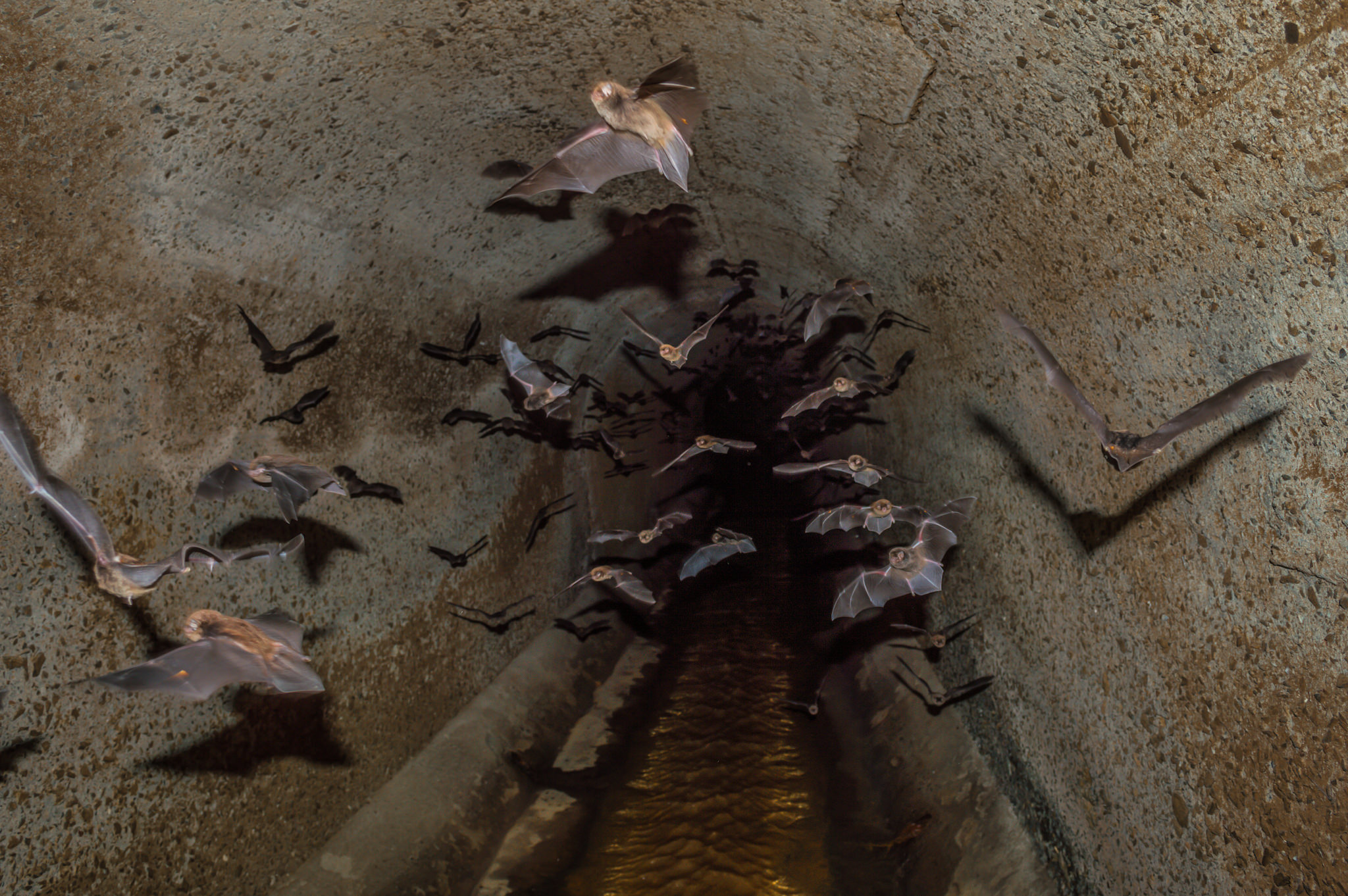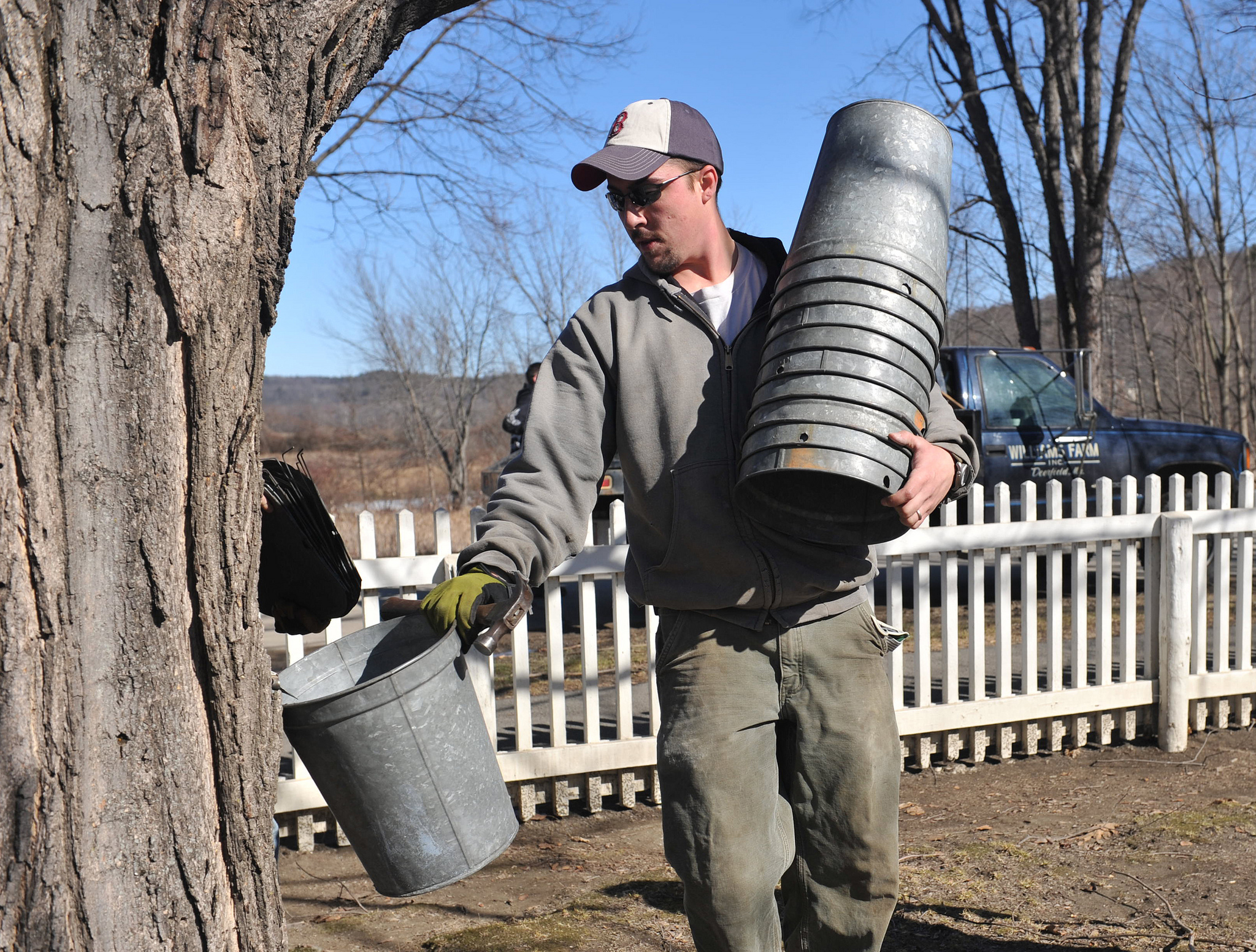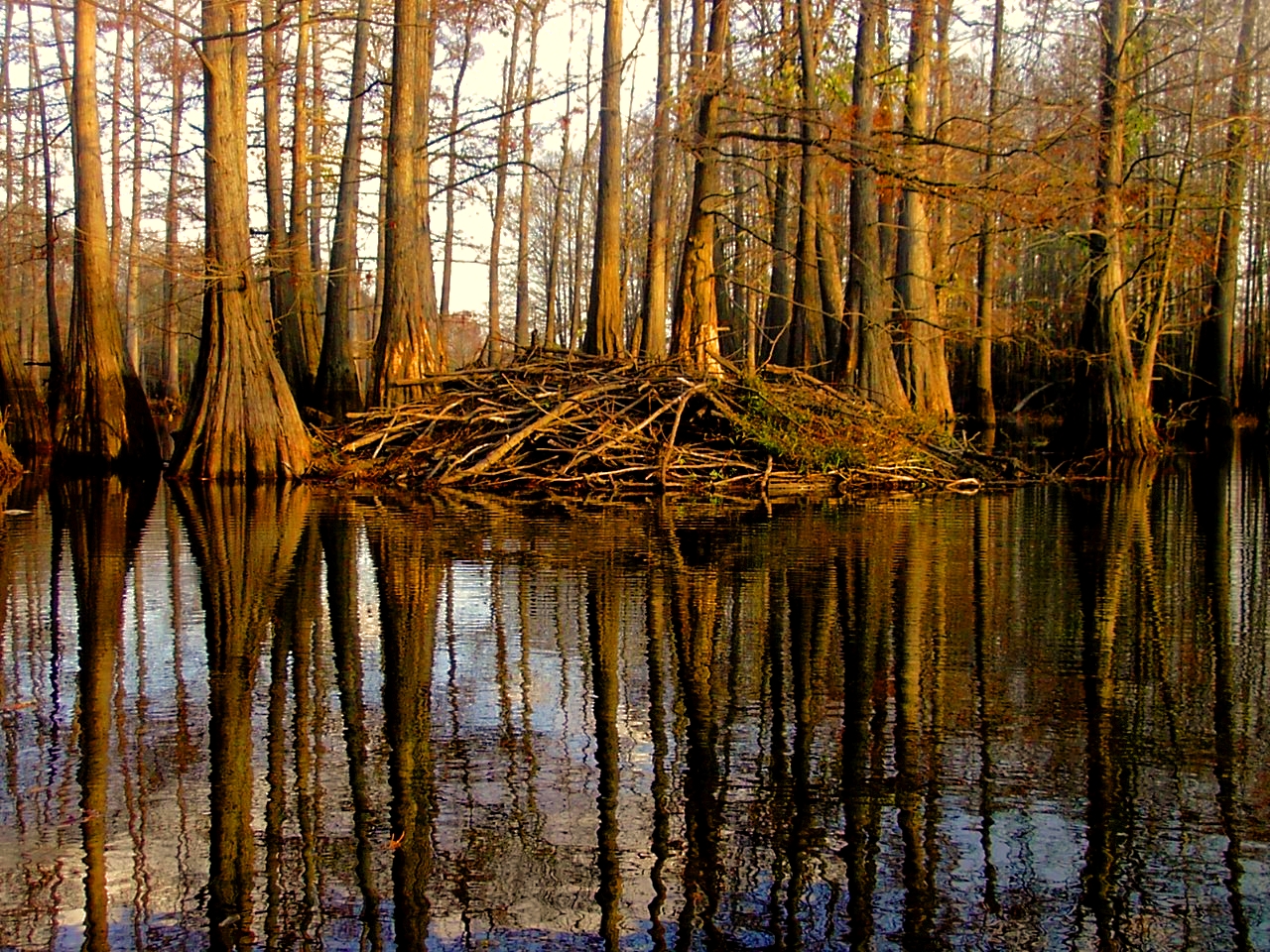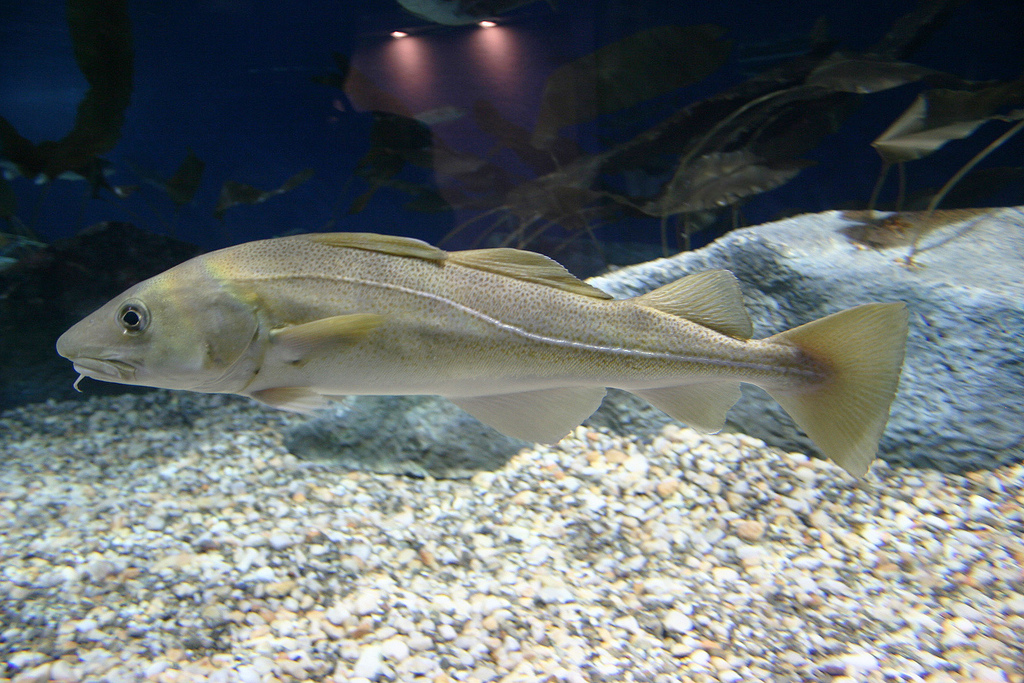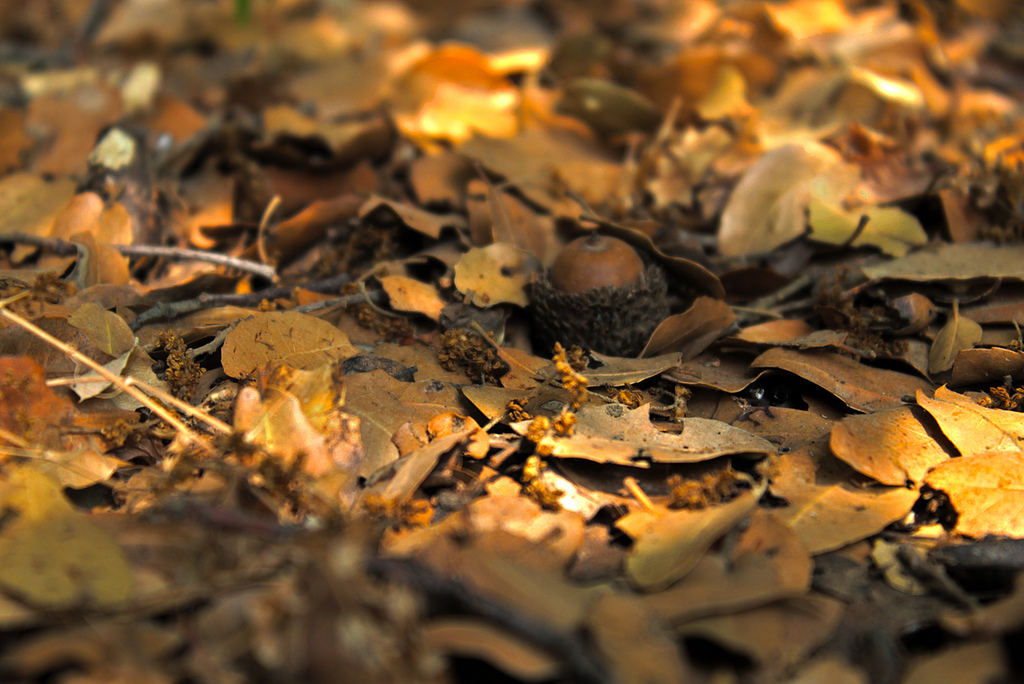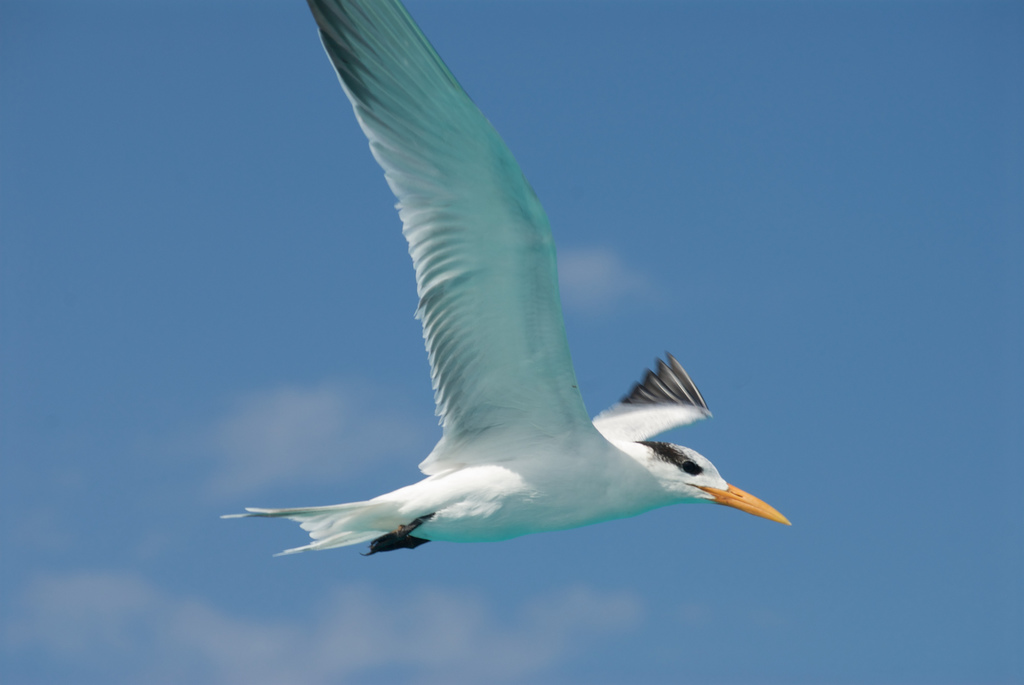Wildlife and Habitat
Listening To Forest Data
The forest is playing a symphony. By tapping into environmental monitoring sensors at the Hubbard Brook Experimental Forest in the White Mountains of New Hampshire, a tool called WaterViz captures a real-time audio visualization of the forest’s water cycle.
Ecology And Designing Future Cities
When most people hear the word ‘ecology’ – chances are it conjures up images of scientists working in distant, wild landscapes, such as old growth forests or remote mountain lakes. Increasingly, however, ecological studies are focused on urban and suburban areas.
Elephants On The Wing
For some, vampire bats conjure up thoughts of Dracula. But two recent studies highlight the intelligence of these misunderstood mammals, with noted animal behaviorist Brock Fenton comparing their social skills to elephants.
Declining Sugar Maples
The sugar maple, one of the most economically and ecologically important trees in the eastern United States and Canada, is showing signs of being in decline, according to scientists at SUNY’s College of Environmental Science and Forestry and Harvard Forest.
Scraping The Bottom
One doesn’t have to travel far in Downeast Maine to see what over-fishing can do to coastal villages and the people who work there. First the cod disappeared, then the herring, and finally the sardines.
Beavers: Nature’s Nitrogen Busters
Beavers are one of nature’s most industrious engineers. Using branches and mud, the intrepid animals create dams that slow moving water. In New York’s Hudson Valley, their constructions are a common sight on streams and in wetlands.
Feast Before The Famine
New York’s Hudson Valley is experiencing a “mast year.” Mast refers to the seeds of woody plants that are eaten by wildlife. “Soft mast” has seeds surrounded by fleshy pulp, and includes berries and fruits. “Hard mast” has seeds protected by an outer coat, such as acorns and hickory nuts.
Cod And Global Warming
Atlantic cod has been the basis of a major fishing industry in the Gulf of Maine for centuries and is a key species in the local ecosystem. Overfishing decimated the population of cod and in 2010, fisheries managers imposed a series of restrictions on harvesting the fish in order to try to help the species to rebound.
Snowpack Loss
A recent study showed that this year the snowpack in California, which is suffering an ongoing drought as well as long-term warming, reached its lowest point in 500 years. Snowmelt from the Sierra Nevada mountains fills reservoirs that provide a third of all of the drinking water for the state of California, as well as water used to fight fires and generate electricity.
Climate Change And Extreme Weather
Global climate change is predicted to manifest itself in many ways over the next 100 years as average temperatures increase around the world. But we do not directly experience climate; we experience weather.
Plugging Methane Leaks
Natural gas, also known as methane, is one of several “greenhouse gases” that trap heat radiation trying to leave the Earth. Molecule-for-molecule, methane warms our planet’s atmosphere about 25X more than carbon dioxide.
Acorns And Lyme Disease
In New York’s Hudson Valley, it’s hard to go outside without stepping on an acorn. Oaks have ‘boom and bust’ acorn production cycles. In lean years, trees produce a handful of nuts. In boom years, acorns seem to rain down from the sky. We are currently experiencing an acorn bumper-crop, or what ecologists call a ‘mast’ year.
In some forests, there can be more than 100 acorns per square meter. This is welcome news to animals like mice, chipmunks, and squirrels. They can gorge on the bounty and stock their larders. Acorn caches help wildlife avoid predators and survive the lean months of winter. They even give well-fed rodents a jump-start on the breeding season.
For this reason, acorn “mast” years are also harbingers of future Lyme disease risk. In the summer following acorn booms, white-footed mouse numbers explode. In New York’s Hudson Valley, these mice play a major role in infecting blacklegged ticks with the agents that cause Lyme disease, Babesiosis, and Anaplasmosis.
Cary Institute disease ecologist Rick Ostfeld explains.
“The ticks that are emerging as larvae in August – just as the mice and chipmunks are reaching their population peaks – they have tons of excellent hosts to feed from. They survive well and they get infected with tick-borne pathogens. And that means that two years following a good acorn crop we see high abundance of infected ticks, which represents a risk of human exposure to tick borne disease.”
Predictions are based on 20 years of field studies that have confirmed the relationship among acorn mast years, mouse outbreaks, and the prevalence of infected ticks. Mark your calendars – 2017 will likely be a bad year for Lyme disease.
**********
Web Extra
Full interview with Rick Ostfeld, a disease ecologist at the Cary Institute of Ecosystem Studies
